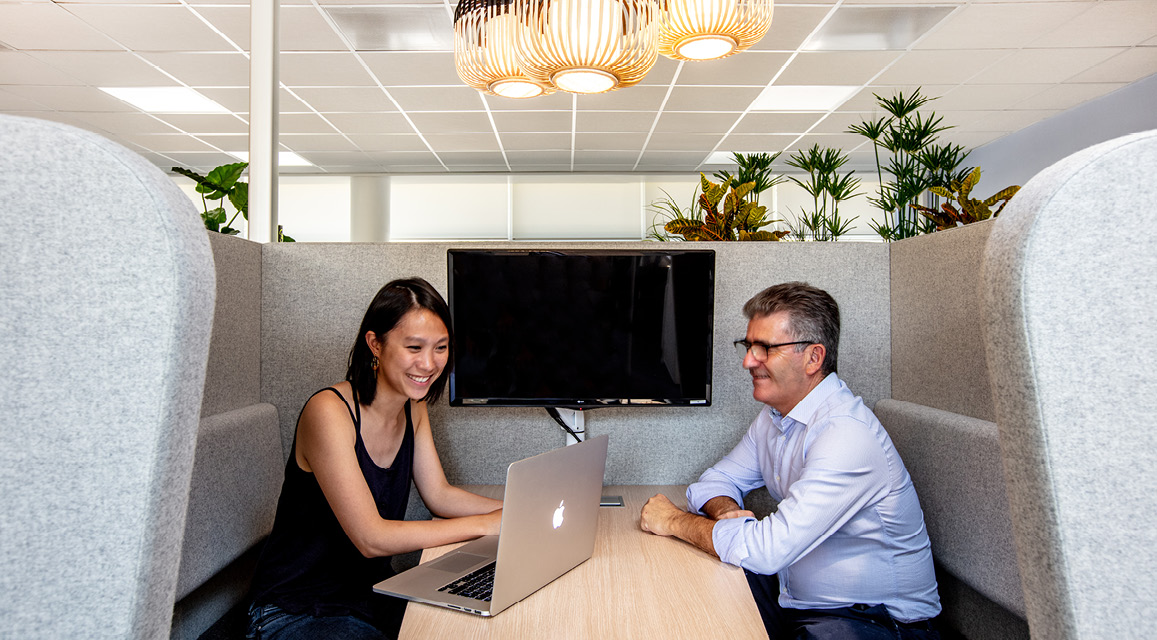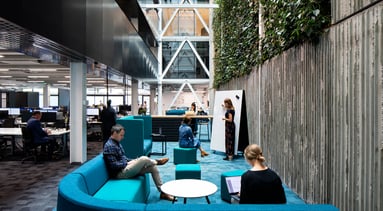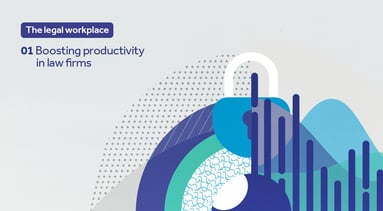
There’s a lot of talk nowadays about Millennials and Generation Z, and how the workplace might adapt to suit them. However most workplaces have people of all ages, so how do you find solutions for everyone to work productively and respectfully together? We provide some insight into making the most of what each individual has to offer.
With retirement ages rising in response to austerity, it would not be uncommon for a workplace to employ people aged from 18 all the way up to 75. That’s a span of almost 60 years, each individual a product of their life experiences to date, their own micro-culture, and their own unique characters.
Companies today can find themselves managing three generations:
- Baby Boomers (born between 1946 and 1964)
- Generation X (born between 1965 and 1980)
- Generation Y or Millennials (born after 1980)
Adapting the workspace
It’s worth double-checking whether your own workplace has any age biases and how the amenities relate to the each generation in the team. Some businesses offer free sight tests for employees, which is a great benefit, and even better if this offering was extended to hearing tests. Workplaces that allow parents to bring their children to a crèche space after school, could consider opening this to grandchildren, too. For workplaces with wellbeing high on the agenda, offering gym classes with a mix of high-intensity and low-impact exercise sessions, like crossfit and pilates, could be a perfect balance.
“Baby Boomers seek “post-retirement careers,” Gen Xers demand challenging but balanced work assignments, and Millennials expect high perks in exchange for loyalty and technological savvy.” – Jim Jenkins, American Management Association, 2019
Office comfort
Different ages may have different attitudes to temperature and levels of noise or lighting in the office. Think carefully about whether to use background music in the workplace – is it aimed at just one age group? Will it cause more pain than good?
Older employees may struggle with noise that flows from the collaborative gregariousness of younger people, while millennials may escape from noise behind earphones. However, one US-based ENT specialist says: “Ear phones [are] damaging the hearing of a generation wired for sound — although they may not realize it for years.” So everyone will benefit from break-out spaces where they can focus quietly, regroup, or make/take phone calls.
How to encourage harmony between generations
- Accept that both conscious and unconscious biases about age may exist in your workplace. Let everyone know that age discrimination and stereotyping (against young and old) won’t be tolerated.
- Research (internally and externally) what motivates or stresses the different generations and use this intelligence to avoid problems and create solutions. But don’t assume everyone in a cohort feels or behaves the same.
- Offer choices and options for as much as you can, from furniture to ways of working. For example, flexible working and a shorter week can help both parents of young children and carers of elderly parents or grandchildren.
- Give choices when it comes to technology and communication. Might some people prefer a phone call to a WhatsApp message? Or will some prefer a video call to a meeting? Bear in mind that age may be only one factor affecting people’s preferences.
- Many employees, regardless of age, might enjoy the opportunity to ‘buddy up’ with a new employee of a different generation during onboarding. This can build confidence on both sides and foster sustainable relationships between generations.
As part of our strategy work, Unispace conducts extensive research into the way employees work now compared to how they’d prefer to work, as well as what will help each individual, team and cohort to perform at their best. This can incorporate a wide range of factors, including age, which is why we develop workplaces and ways of working which are effective for every generation.


